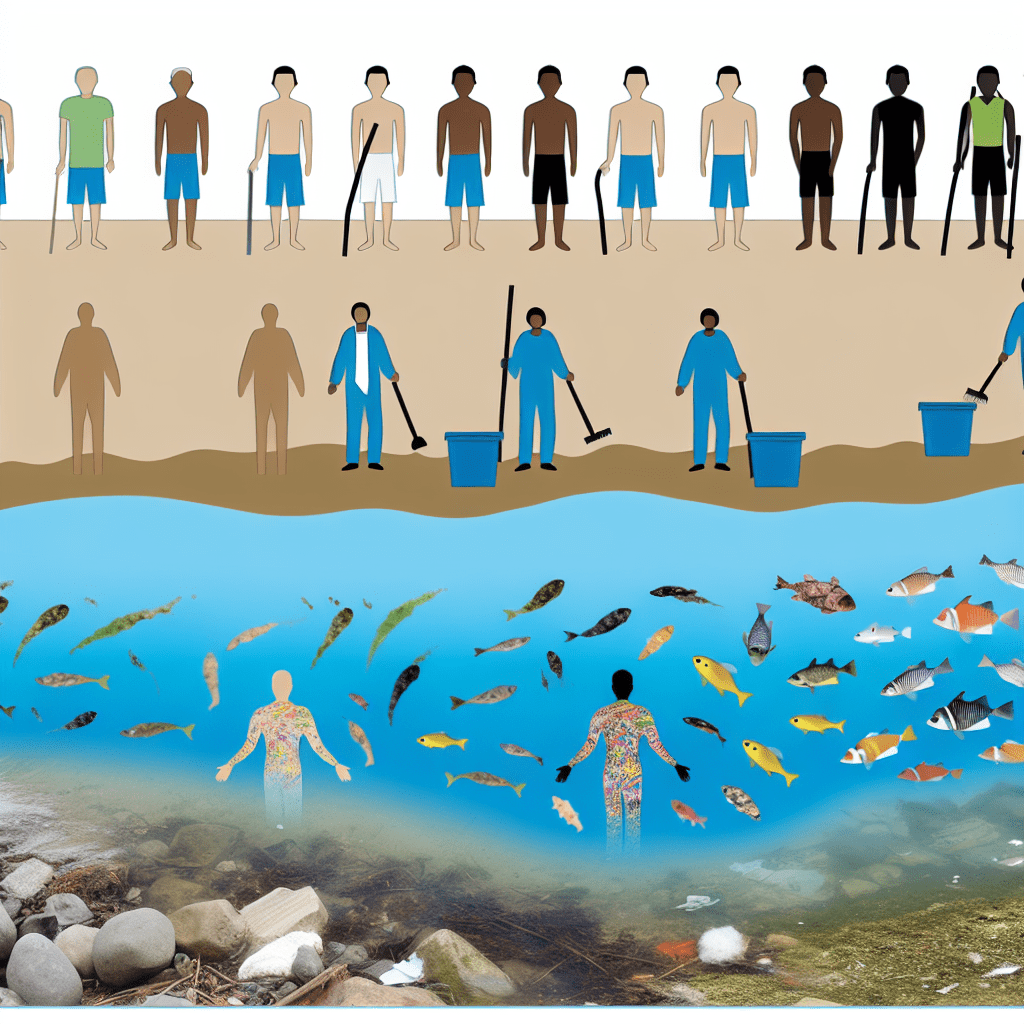”
Boasting an impressive network of freshwater bodies, Canada still contends with significant water quality issues. This article unpacks these challenges, their underlying causes, and proposes potential solutions for ensuring cleaner, safer water.
Canada’s water quality struggles primarily arise from industrial pollutants, agricultural runoff, insufficient wastewater treatment, and the increasingly evident effects of climate change.
Main contaminants in Canada’s waters include harmful heavy metals, potent industrial effluents, untreated sewage, and excess nutrients which foster damaging algal blooms. These pollutants pose considerable health risks, disrupt the delicate balance of aquatic ecosystems, and strain Canada’s water treatment facilities.
While the Canadian Environmental Protection Act and the Fisheries Act provide regulatory frameworks for water management, continuing water quality issues highlight the urgent need for comprehensive, sustainable strategies.
Addressing water quality in Canada calls for sterner regulations on pollutant discharge, significant investments in advanced wastewater treatment facilities, extensive adoption of sustainable farming practices, and robust climate-embracing water management strategies.
Additionally, enhancing public awareness and collective action is crucial for this endeavor. Nationwide campaigns focused on water conservation, pollution reduction, and the importance of clean water can foster valuable behavioral changes at the societal level.
In conclusion, while the road towards improved water quality in Canada may seem steep, it is far from impossible. Through firm policy implementation, embracing technological innovations, and encouraging widespread public participation, Canada can make the transition from polluted lakes to a future of pristine waters.
By FountainGO!

